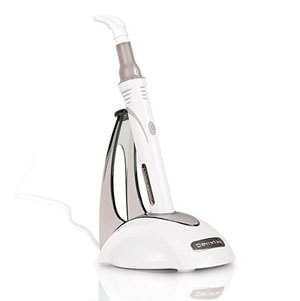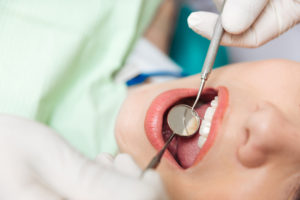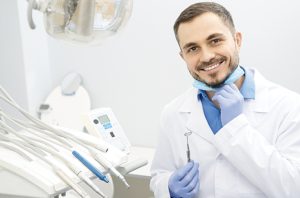There are various types of braces for different sizes and shapes of mouths for children, teenagers, and adults. The four most common types of braces are:
- traditional
- short-term
- clear
- Invisalign/ClearCorrect
Traditional Braces
Traditional braces are the braces you have all seen before. Traditional braces use metal brackets and wires to align the teeth over an extended period of time.
Whenever you think of orthodontic braces, you probably imagine the traditional style of braces that make your mouth full of metal brackets and wires. Though braces align your teeth and create a beautiful smile, yet it is not always easy with traditional braces. In the treatment with traditional braces, the bands are held around your teeth. Brackets are attached to the front of your teeth, and archwires connect the brackets to the bands. Tightening the archwires puts pressure on your teeth, slowly moving them towards their target position. Usually, the patients have monthly appointments with the orthodontic to adjust their braces as braces are worn for a few months to a few years.
Orthodontic treatment is always heavy on your pocket but traditional braces are the most affordable out of all of the options. Traditional braces can correct the misalignment of teeth in record time.
Traditional braces are visible when you talk or smile. It may cause self-confidence problems in some. However, the plastic bands on traditional braces come in interchangeable colors that some people enjoy wearing.
Traditional metal braces are the first choice for many people because of the affordable price. But there are a lot of other options available as per your orthodontic needs and your budget.
Short-Term Braces
Sometimes your primary goal is to align your front four or six teeth that are visible when you smile. To accomplish this, you can opt for short-term braces which align the required four or six teeth with no adjustment to the occlusion (bite). If this is your main goal, and you want to have treatment completed in a short period, you should go for short-term braces for the desired result.
Clear braces
Clear braces are similar to traditional metal brackets but ceramic brackets are used in place of metal brackets to match the color of your teeth. Matching the bracket system to your teeth offers a cosmetic benefit to your treatment. Ceramic brackets used in the treatment are also more resistant to staining and help to protect your smile. Patients of any age group can use clear braces to straighten the smile without changing the lifestyle. The best part is that clear braces won’t stain even when you sip your morning cup of coffee or evening glass of wine. So you can smile with confidence throughout your treatment.
Clear Braces blend in so well with the natural color of your teeth, that no one can notice that you are wearing braces.
Lingual Braces
Lingual braces are becoming popular among the professional and adult crowds because of the cosmetic advantage they present. Lingual (tongue-side) braces are bonded behind the teeth, so they are hidden when you talk and smile. Lingual braces can achieve the same effective result as traditional braces but they are almost undetectable during treatment. Media professionals, musicians who play wind instruments, athletes, and patients who do not want Invisalign, but wish to attain more discreet orthodontic treatment, may prefer this option of care.
Some Do’s and Don’ts of Braces
Braces have undoubtedly revolutionized the dental and orthodontic professions, but you need to follow certain rules to protect and get the most use out of their orthodontic appliances. Make sure to keep your teeth always clean while wearing braces. Brushing and flossing under the archwire and between the brackets will help to remove plaque, which can easily build up on your teeth with braces. You should replace your toothbrush every three months or as soon as the bristles are frayed to get the best results. You should be regular in orthodontic appointments so that the orthodontist can adjust your archwire and monitor your teeth’ movement. Delay in your appointments, can increase your treatment period, which will cost you more.
You should avoid foods that can get stuck in your teeth or your braces, such as nuts, popcorn, hard candy, ice, and sticky foods like chewing gum or caramel. Avoid eating sugary foods as it can lead to tooth decay around the brackets, which can permanently damage your teeth. You must use a mouthguard during physical activity or when playing a sport to protect your mouth and jaw from getting hurt.
These precautions will increase the likelihood of having a positive and shorter experience with braces
















